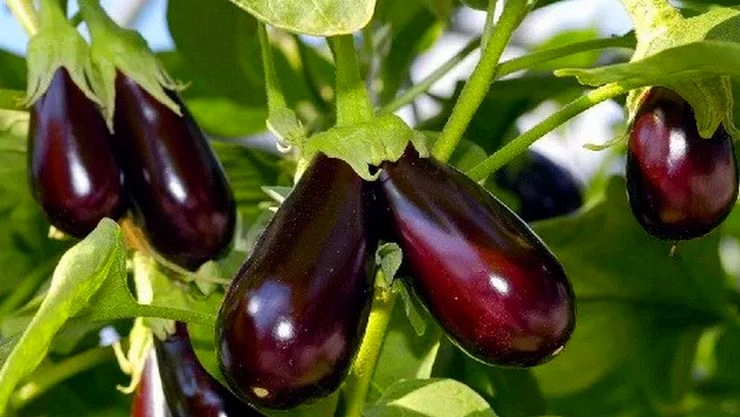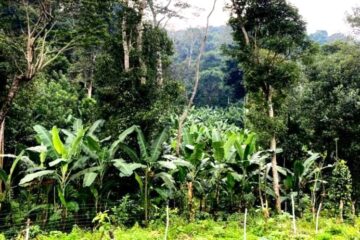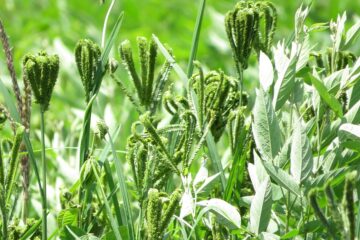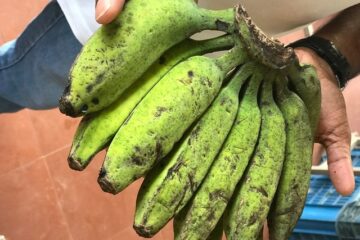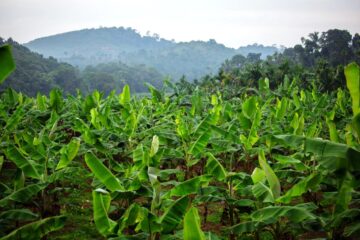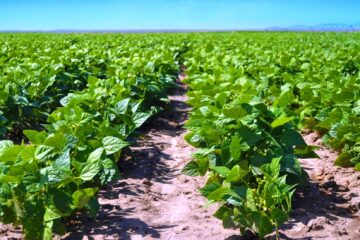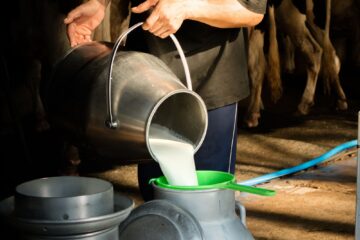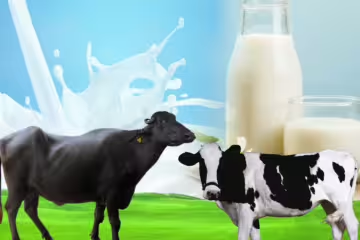Published in: March 2017
Brinjal (eggplant) is cultivated year-round across various regions. It is a staple in many cuisines and occupies a significant agricultural area. However, during its growth period, brinjal plants are highly susceptible to pests and diseases, resulting in a yield loss of 20-30%. Effective disease management is essential to mitigate these losses and protect the crop.
Common Diseases and Management Practices
1. Damping-off Disease
Seedlings suddenly start wilting in the nursery bed due to this soil-borne disease.
Management:
- Treat seeds with 4 grams of Trichoderma viride or 10 grams of Pseudomonas per kg of seeds before sowing.
- Apply 1 kg of Trichoderma or Pseudomonas per hectare to the soil to prevent the spread of the disease.
2. Bacterial Wilt Disease
This disease initially manifests in the leaves, where the pathogen’s fluid causes wilting, particularly in the lower leaves.
Management:
- Remove and destroy infected plants.
- Keep the field clean and free of debris.
- Apply green manure to the soil to suppress the pathogen.
3. Cercospora Leaf Spot Disease
This disease causes elongated or irregular spots on the leaves, which later turn grayish-brown. Severe infection leads to leaf drop and reduced fruiting.
Management:
- Spray the plants with Bordeaux mixture (1%) or Copper oxychloride (2 grams per liter of water) to control the disease.
4. Collar Rot Disease
This disease affects the base of the stem, causing the tissues to rot and the plants to wilt. It leads to a reduction in flowering and fruiting, and water accumulation around the stem exacerbates the issue.
Management:
- Remove and destroy infected plants.
- Treat seeds with 4 grams of Trichoderma viride per kg of seeds before sowing.
- Spray the plants with Mancozeb (2 grams per liter of water) to control the disease.
- Apply Trichoderma viride to the soil to eliminate the pathogen.
5. Little Leaf Disease
Affected plants have small leaves, shortened stems, and reduced leaf width. The leaves turn yellow, and the plants become bushy, resulting in no flowering or fruiting.
Management:
- Remove and destroy infected plants.
- Control the vector insects that spread the disease.
- Spray Dimethoate (2 ml per liter of water) to control the insect vectors.
6. Fruit Rot Disease
Infected fruits develop grayish-brown patches, shrink, and appear water-soaked. Eventually, the fruits rot and fall off.
Management:
- Treat seeds with biological agents before sowing to prevent the disease.
By implementing these management practices, farmers can effectively protect their brinjal crops from diseases, ensuring a healthy yield and reducing economic losses.
Dr. Gayathri Subbiah, Dr. M. Vimalarani, Dr. K. Velmurugan, Agricultural Science Centre, Kattupakkam, Kanchipuram – 603 203.

